A mention of the word “silver” brings up imagery of triumphant athletes being feted with silver medallions. The word may also conjure images of silver coins, which are considered the oldest mass-produced type of coinage, with production history going as far back as 600 BC.
Silver is also one of the most popular colors in art and chromatography. The color is beloved for its sheer brightness as well as its deep association with the finer things in life.
Whether you’ve been working with silver for years or are only now considering integrating the color into your art projects, this post is for you. In this article, we dig deep to uncover all the fun facts about the silver color.
What Color Is Silver?
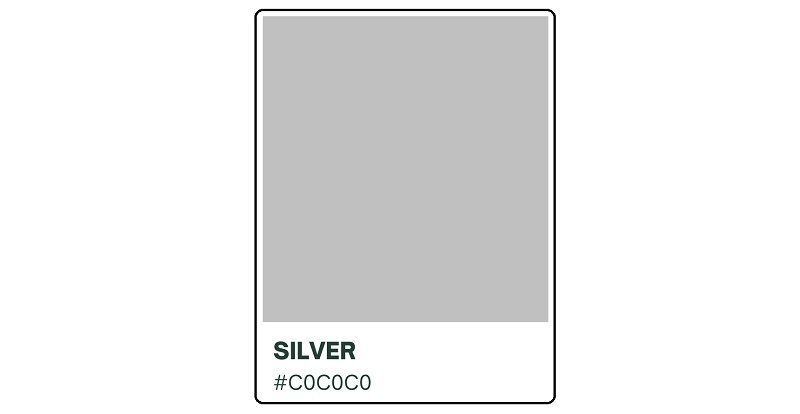
This pigment is a metallic, shiny version of gray. It’s not regarded as a true color but a reflective tone. In other words, silver is the result of applying a reflective layer to a solid gray color. You can achieve this process physically by mixing paints or digitally by implementing certain optical effects.
The biggest distinction between silver and gray is that gray is simply the result of combining black with white while silver is what you get when you add a pearly tint to the mixture of black and white. It’s hex code is #C0C0C0.
What Colors Are Silver Made Of?

Going by its unique description, silver is technically not a product of combining any distinct colors. It’s basically a more vibrant shade of gray whose brightness comes from its shiny metallic undertone.
However, gray is itself a mixture of black and white. Therefore, the silver color may be formed by mixing black and white together before applying a shinier gloss.
Colors That Complement Silver
Depending on what you pair it with, silver can bring out stunning contrasts. Contrasting appearance would be better achieved by blending silver with jewel tones, such as medium blue, sea green, turquoise, and emerald green.
Since it’s a neutral, silver will blend easily with just about any pigment you pair it with. The color has a sheen that can help reflect the energies of other colors used alongside it.
For maximum visual effects, use silver together with other light shades. These include light yellow, light purple, light pink, light blue, and light green.
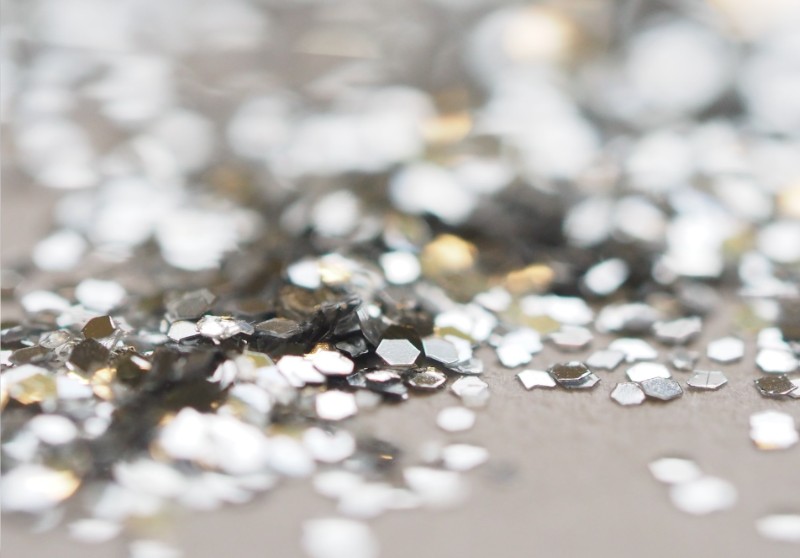
Is Silver A Primary Or Secondary Color?
It’s not a primary or secondary color. It’s rather a neutral color. That’s due to its association with gray, which is considered one of the most popular neutrals.
Is Silver A Warm or Cool Color?
This hue is a cool color. That’s because it’s technically an undertone of gray, a renowned cool color. Silver’s cooler appearance distinguishes it from most other precious metals, including gold and bronze.
However, note that silver can come in a variety of shades. Some of these variations may feature tints of warmer pigments like pink, making the resultant silver color appear warm.
Is Silver On The Color Wheel?
The silver color doesn’t feature on a traditional color wheel. That’s partly because it’s a metallic hue and partly because it’s a neutral color. All true neutrals – including black, white, gray, beige, and taupe – are generally not represented on the color wheel.
Where Did The Word Silver Come From?
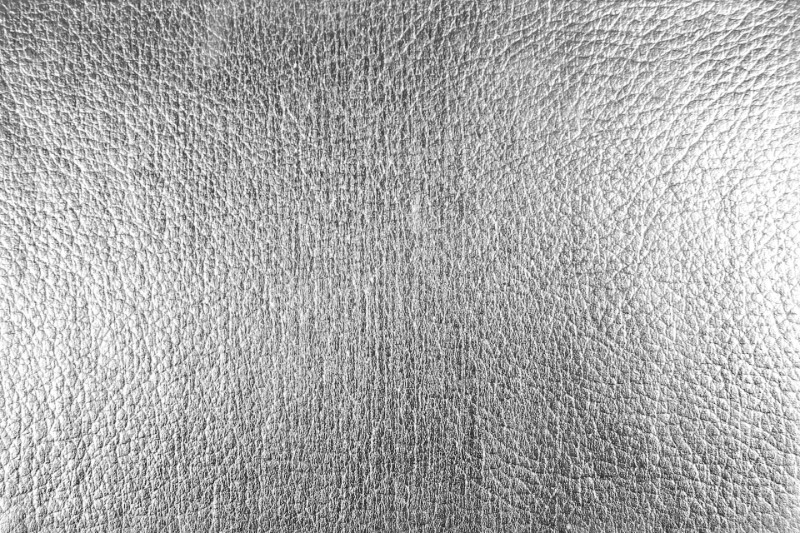
Silver is named after the shiny, precious metal of the same name. The first recorded use of the word “silver” to denote a color in English was in 1481. That makes silver one of the oldest colors. Other terms have been used interchangeably with “silver” throughout history.
For instance, the word ‘argent’ is commonly used in heraldry to represent the tincture of silver. This particular word derives from the Medieval French word ‘argent’ and the Sanskrit word ‘argunas.
Both words further derive from the Latin word ‘argentum,’ which loosely translates to ‘brightness.’ It’s unsurprising that the silver metal is shiny and its chemical symbol is Ag.
What Is The Origin and History Of The Silver Color?
Silver, the metal that lent its name to the silver color, is one of the oldest precious metals. It’s considered one of the seven metals of antiquity, alongside gold, copper, tin, lead, mercury, and iron.

Silver mining began some 5,000 years ago, with intense mining activities beginning around 3000 BCE. Most of the mines were concentrated in Anatolia (modern-day Turkey) before shifting to Greece around 1200 BCE and later to Spain around 100 CE.
The silver metal served as the economic mainstay of numerous ancient civilizations, especially in Greece and the Near East. Some early civilizations like Egypt actually ranked silver as the most precious metal, far more valuable than gold.
While the popularity of silver metal predates that of its color, numerous artists have experimented with silver paintings throughout history. There’s actually a specific art technique inspired by silver, known as silverpoint.
Silverpoint is a type of drawing in which an artist renders marks on a prepared paper using a silver wire held in a stylus. This drawing technique traces its origin back to medieval times. It enjoyed smashing popularity before the introduction of graphite.
Artwork rendered in silverpoint not only features the brilliance of silver color. They’re a real masterpiece considering that they can turn to a warm brown tone upon exposure to air.
Numerous historical artists worked with silverpoint. Noteworthy mentions include Leonardo DaVinci, Albrecht Dürer, and Jan van Eyck.
What Common Objects Are Silver?
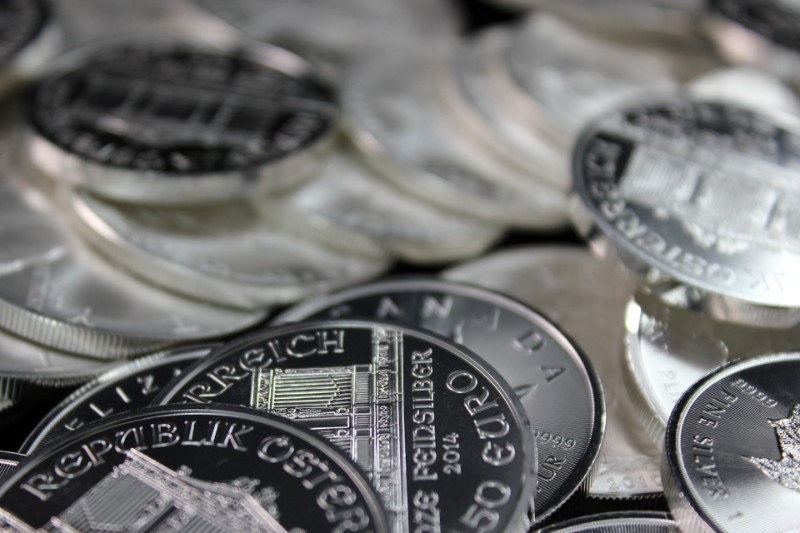
Medals are among the most common objects made of the silver metal and color. While most people associate silver exclusively with silver medallions, gold and bronze medals also contain varying amounts of this precious metal.
Gold medals are made from silver and then coated with gold. They typically contain 210 grams of silver coated with 6 grams of 24-carat gold. Bronze medals are usually made from copper, zinc, tin, and very tiny amounts of silver.
Coins are another popular item made of silver (metal and color). As already indicated, silver coins have been mass-produced from as early as 600 BC. The coins were originally produced by Lydians.
As silver is less valuable than gold, the metal was especially used in making lower denomination coins that could be used for everyday transactions. However, these coins retained their brilliance due to silver’s shiny color. The currencies looked especially dazzling while still new.
You’ve probably also interacted with silver (metal and color) if you’re a licensed firearm holder. Silver has been a popular choice for manufacturing bullets for years. The metal is especially loved for its higher shear modulus and resistance to deformity.
Other common objects that are in silver metal and color include, but are not limited to: jewelry, rings, watches, trays, vases, cutlery, swords, foils, statues, figurines, picture frames, belt buckles, cufflinks, religious and historical artifacts, pins, pens, dental fillings, money clips, mirrors, and electronic components.
Meaning and Application of Silver

This pigment has traditionally been associated with wealth and affluence. This is a no-brainer considering the color’s long history in coinage making. As a symbol of wealth, silver would be a cool choice for designing the logos of companies in the financial industry, such as banks and insurance organizations.
Due to its synonymity with currencies, silver is often viewed as a color of business and commerce. Wearing silver outfits to a corporate event can help set the right mood and agenda. You could also incorporate silver as one of the theme colors for a business magazine or documentary on entrepreneurship.
Money often goes hand in hand with flamboyance. So, it’s unsurprising that the silver color also relates to glamor. The color is a popular component of the visual effects used on music videos or films centered on swanky themes.
Silver has been a popular coinage material for millennia. Such coins are still widely produced today. This quality gives the silver color both a traditional and modern appearance. Depending on how it’s incorporated into a design, silver can create either a vintage or modern look. The color is quite sophisticated but in a rather simple way.
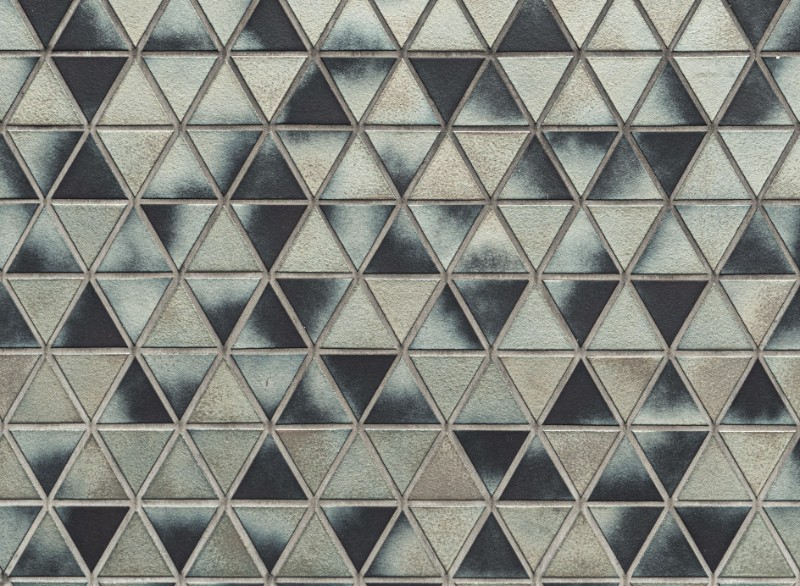
Grace and elegance are other amazing qualities associated with the silver color. This has much to do with the color’s wealthy and glamorous attributes. Wearing silver to a social gathering is a clever way to steal the show even if you weren’t meant to be the center of attraction. The glossy texture of your outfits will dazzle everyone present and make you an instant star.
As a metal, silver may also represent innovativeness. In this regard, you may consider silver as the theme color for technological events. The color will be bright enough to pique everyone’s interest while also evoking a peculiar sense of urgency and transformation.
Since it’s a little gentler than gold, silver can represent feminine energy. It’s almost impossible to miss silver accessories in the modern woman’s wardrobe. Women who have embraced feminism are always ready to don silver on auspicious events, such as the International Women’s Day.
Last but not least, silver may resonate with status. The color has long been used in making or coating trophies.
How to Make Silver
As silver is technically a shade of gray, you can prepare the color the same way you would make basic gray.
i. Mix one part black with one part white to obtain a basic gray color.
ii. Add more white to the gray.
iii. Use a color chart for reference.
Note that metallic silver is difficult to create with basic colors. No matter how much white you add to gray, the color will only become brighter but not shinier.
The only way to get the metallic silver color using common paints is to add a reflective pigment to a gray base. If working on a digital screen, you can achieve the color by implementing graphic design effects which resemble light on a bright surface.
Wrap Up
Silver is a brilliant color associated with the finer things in life, from jewelry to coins, and medallions. The color is cool but can evoke a range of warm emotions. It also enjoys a long history of human use, thanks to prehistoric mining of the silver metal.

